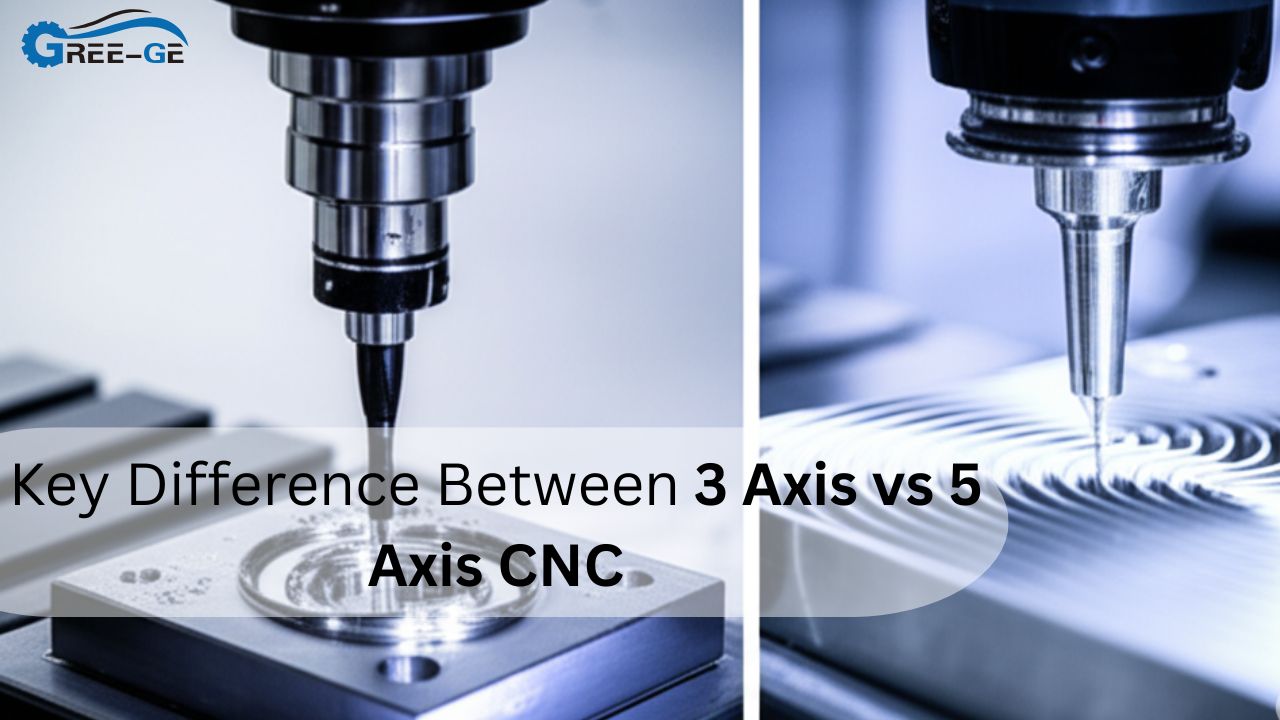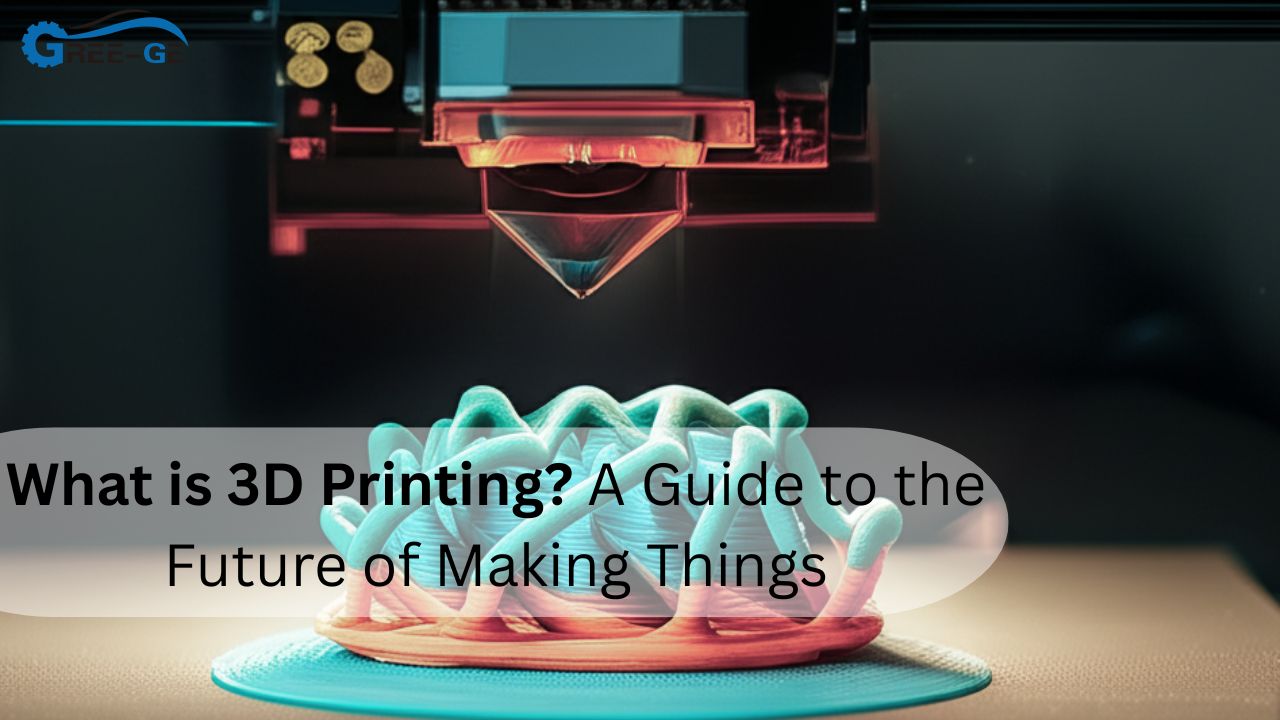Introduction:
Metal materials, a diverse category encompassing pure metals, alloys, intermetallic compounds, and specialty metal materials, exhibit unique characteristics attributed to metallic elements. This classification includes ferrous metals, non-ferrous metals, and specialty metals, each serving distinct industrial purposes.
- Ferrous Metals (Black Metals):
Ferrous metals, commonly known as black metals, comprise industrial pure iron with over 90% iron content, cast iron with 2% to 4% carbon, carbon steel with less than 2% carbon, and various structural steels, stainless steels, heat-resistant steels, high-temperature alloys, and precision alloys. Broadly, ferrous metals also include chromium, manganese, and their alloys.
- Non-Ferrous Metals:
Non-ferrous metals, excluding iron, chromium, and manganese, consist of light metals, heavy metals, precious metals, semi-metals, rare metals, and rare earth metals. The alloys of non-ferrous metals generally exhibit higher strength and hardness compared to pure metals, with significant electrical resistance and low temperature coefficient of resistance.
- Specialty Metal Materials:
Specialty metal materials encompass structural and functional metals tailored for specific applications.
Processing Properties of Metal Materials:
- Machinability:
Machinability refers to the ease with which metal materials can be cut using tools like turning, milling, planing, and grinding.
- Forgeability:
Forgeability reflects the ease with which metal materials can be shaped under pressure during forming processes. Factors include plasticity at elevated temperatures, temperature range for hot working, thermal expansion and contraction characteristics, critical deformation limits related to microstructure, and flowability during thermal deformation.
- Castability:
Castability indicates how easily metal materials can be melted and cast into desired shapes. Factors include flowability, gas absorption, oxidation resistance, melting point, uniformity, density of cast microstructure, and cooling shrinkage.
- Weldability:
Weldability assesses how well metal materials can be joined together through localized rapid heating, achieving a solid bond. Considerations include melting point, gas absorption, oxidation resistance, thermal conductivity, thermal expansion and contraction properties, plasticity, and the impact on mechanical properties near joints.
Conclusion:
Understanding the diverse types of metal materials and their processing properties is crucial for selecting and utilizing these materials in various industries. From ferrous to non-ferrous metals, each category offers unique advantages and challenges, making informed choices essential for efficient and effective applications.







